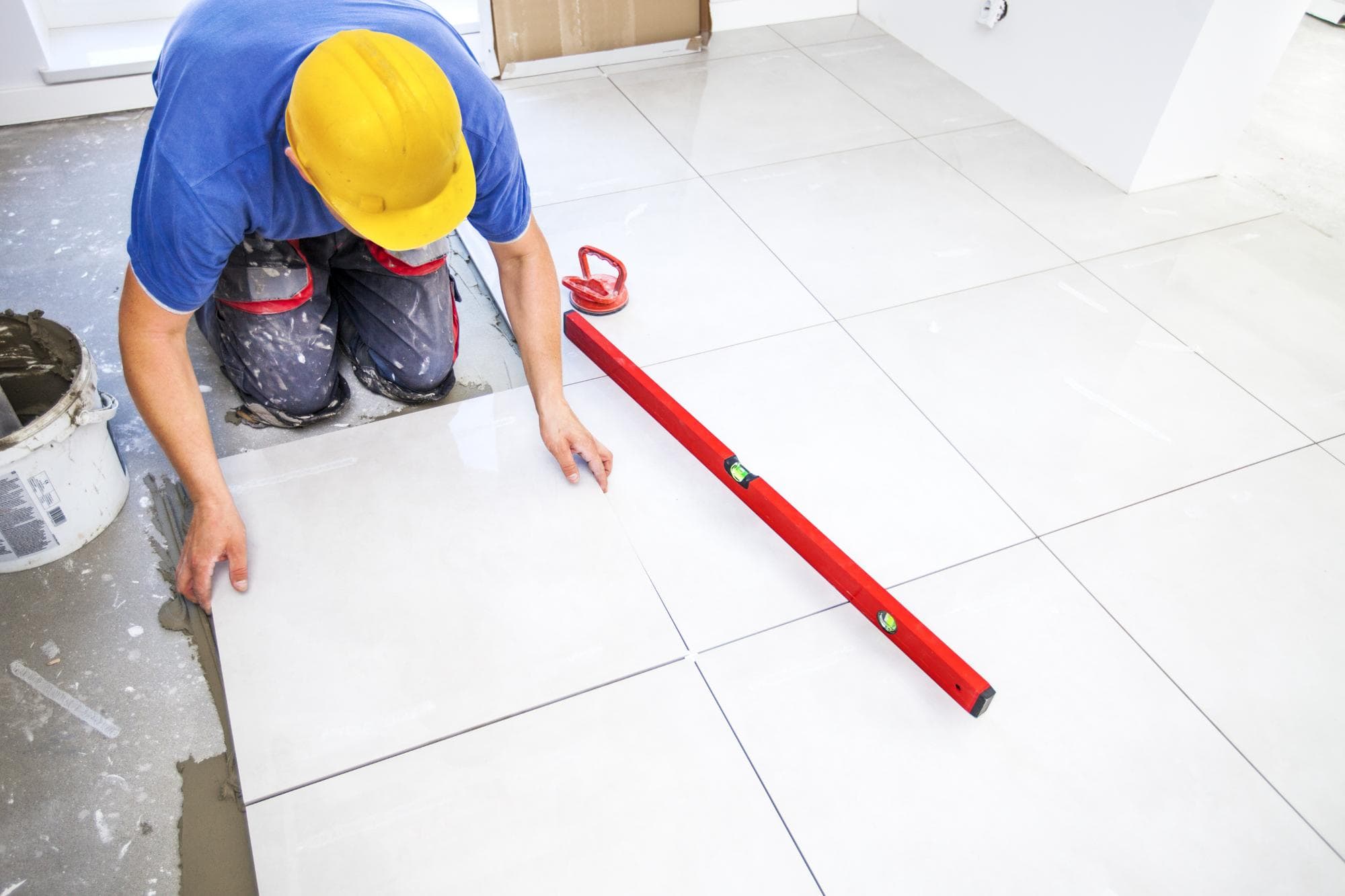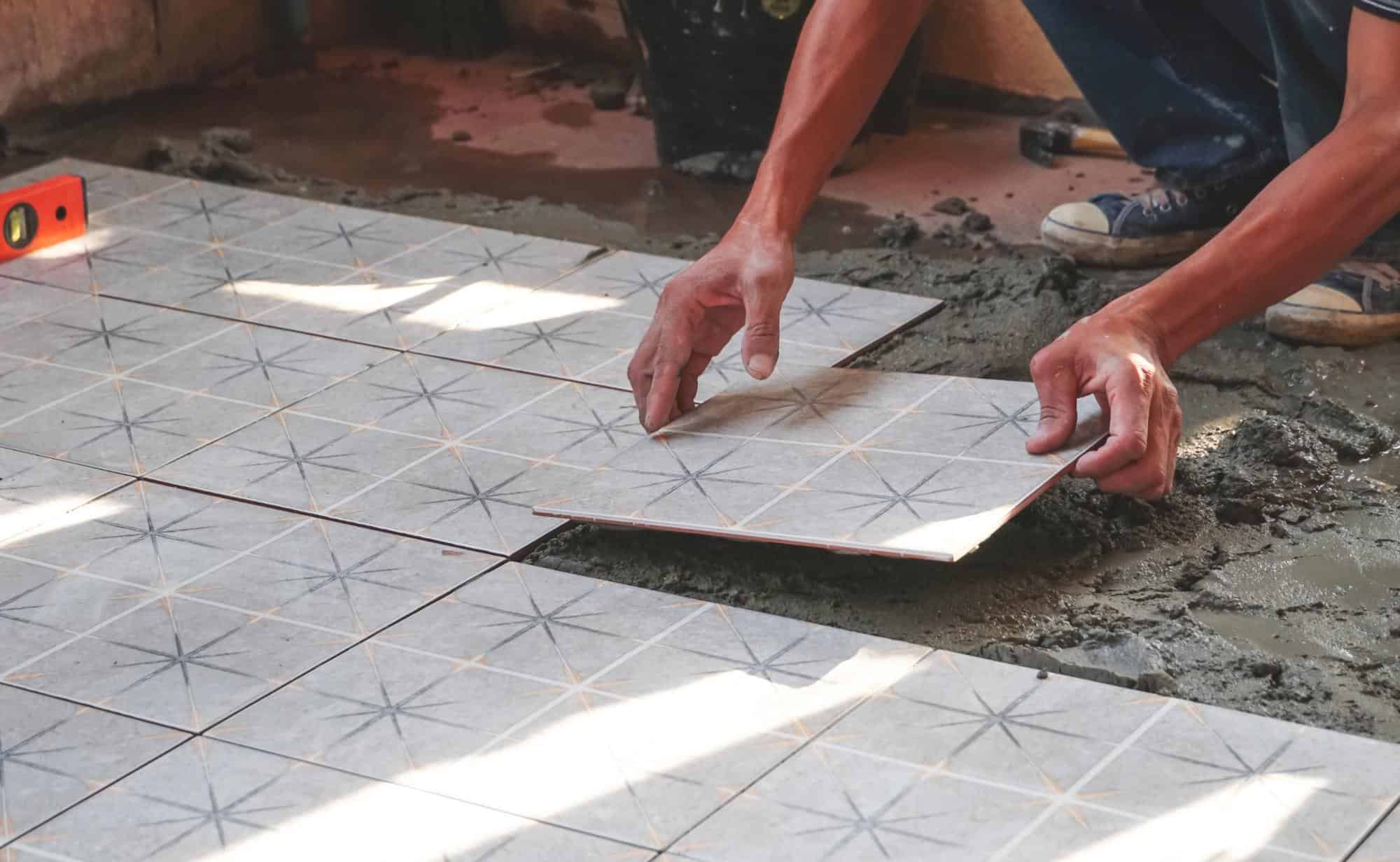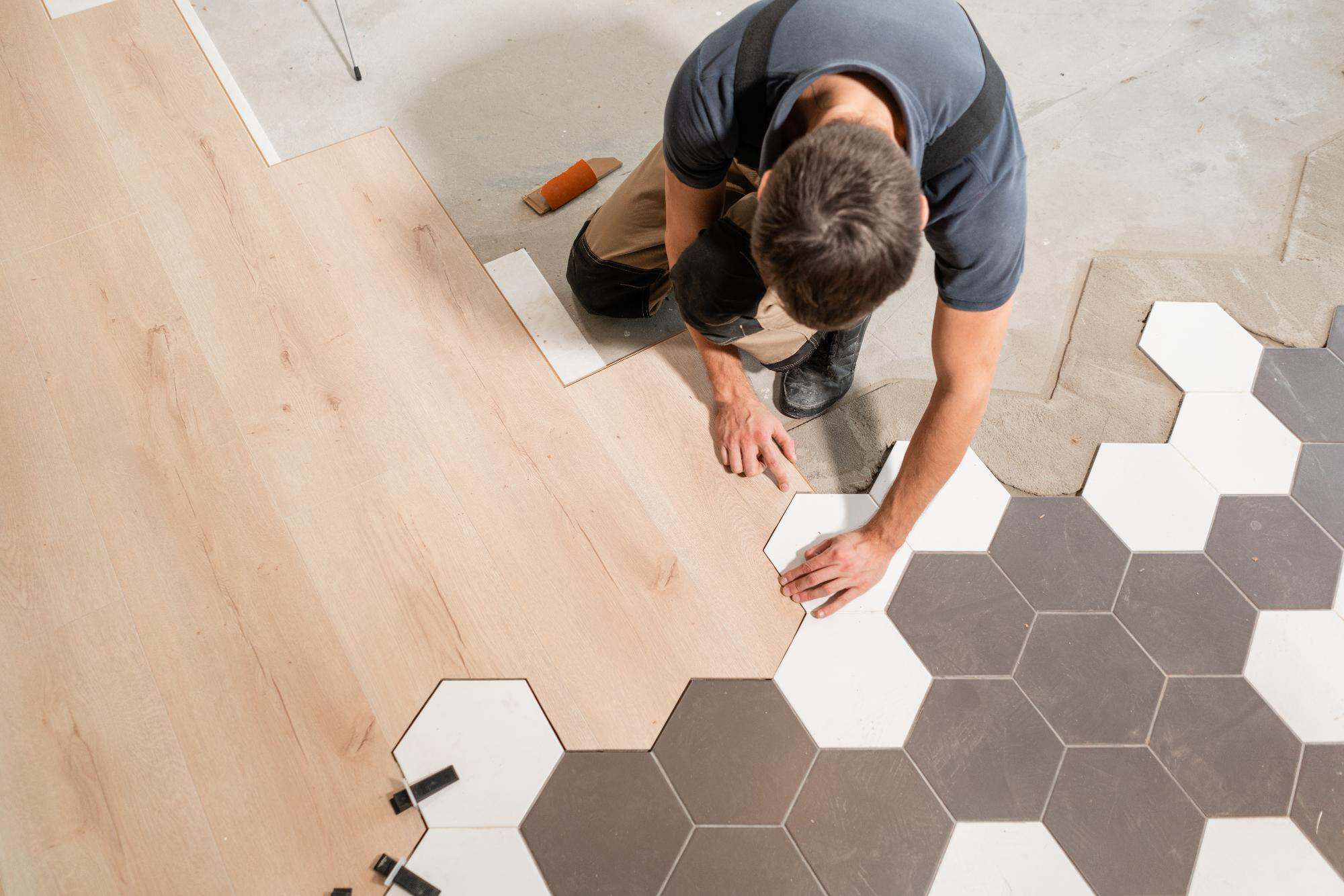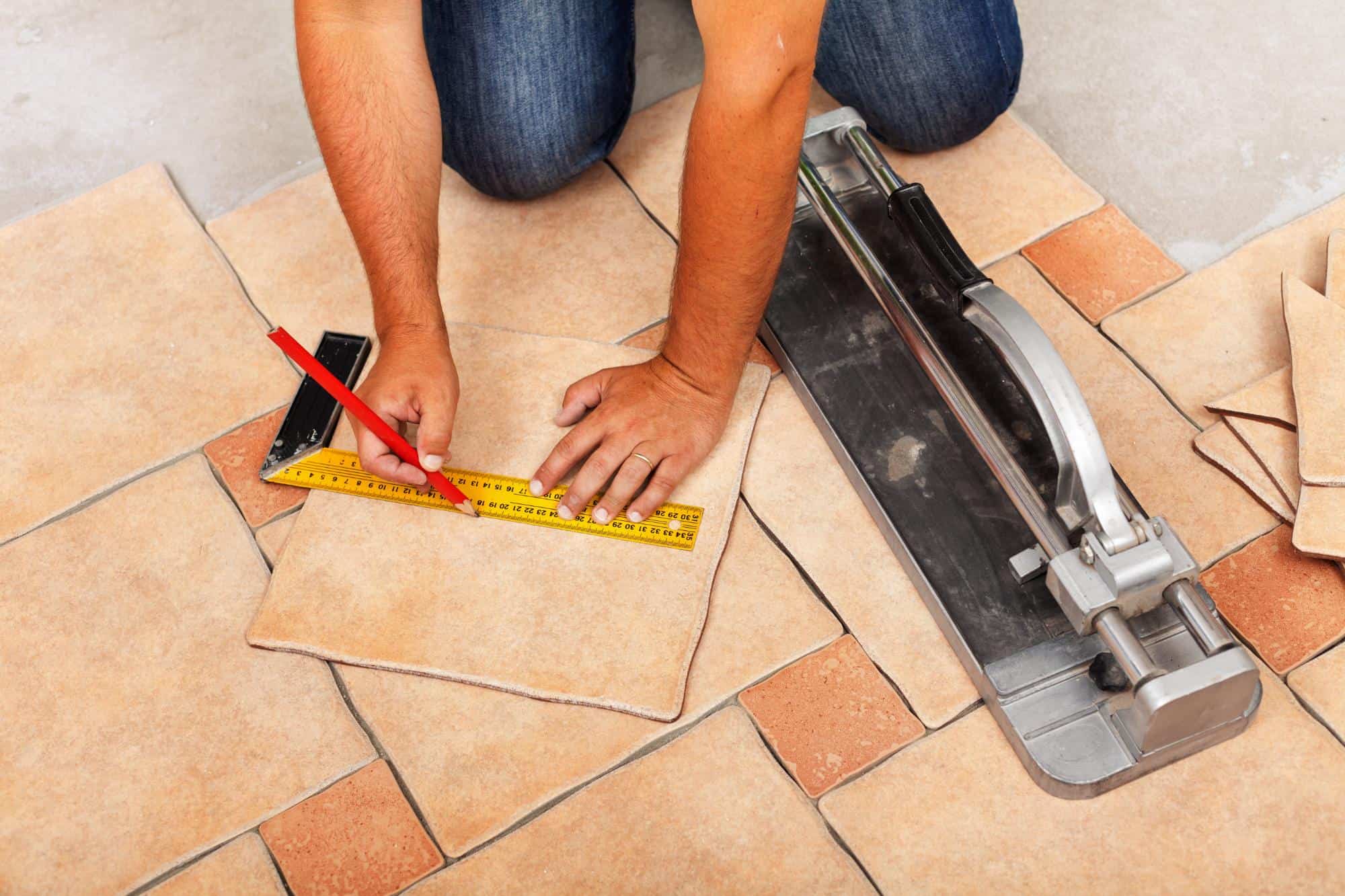Professional tile sealing that stops stains, moisture damage, and costly repairs before they start.

Hear from Our Customers

You walk into your bathroom or kitchen and your tiles still look like the day they were installed. No stained grout lines. No water spots. No scrubbing for hours trying to get them clean.
That’s what proper tile sealing does. It creates an invisible barrier that keeps spills, dirt, and moisture from soaking into your tile and grout. Your morning coffee spill wipes up in seconds instead of leaving a permanent stain.
In Larchmont’s historic homes, where tile installations represent significant investments, sealing isn’t optional—it’s protection for surfaces that need to last decades, not years.
We’ve been serving Larchmont homeowners for over a decade. We understand the challenges that come with maintaining tile in homes built before 1939—the settling, the moisture issues, the need for solutions that work with older construction.
Your neighbors trust us because we show up when we say we will, explain exactly what we’re doing, and stand behind our work. No hidden fees, no surprises, just straightforward service that protects your investment.
We’ve sealed tiles in Tudor homes on Elm Avenue, contemporary renovations near the waterfront, and everything in between. Each project gets the same attention to detail that’s earned us a 4.9-star rating from local homeowners.

First, we thoroughly clean your tile and grout to remove any existing dirt, soap residue, or stains. Clean surfaces are essential—sealer won’t adhere properly over grime.
Next, we apply a penetrating sealer that soaks into the pores of your grout and any unsealed tile. This creates a protective barrier from the inside out, not just a coating on top that can wear off.
We let everything cure completely—usually 24 hours—before you can use the area normally. During this time, the sealer bonds with your tile and grout to create long-lasting protection.
The result is tile that resists stains, repels moisture, and stays cleaner with regular maintenance. Most sealers we use last 3-5 years on indoor surfaces before needing reapplication.

Ready to get started?
We seal all types of tile—ceramic, porcelain, natural stone, and everything in between. Each material gets the right type of sealer for maximum protection.
Your grout lines get special attention since they’re the most vulnerable to staining and moisture damage. We use commercial-grade sealers that prevent water absorption and make future cleaning much easier.
In Larchmont’s coastal environment, moisture protection is critical. Homes near the Sound deal with higher humidity levels that can lead to mold and mildew issues in unsealed grout. Our sealing process creates a barrier against these problems.
We also handle tile in high-traffic areas like entryways and kitchens, where foot traffic and spills are constant challenges. The right sealer keeps these surfaces looking good despite daily wear.

Ready To Restore The Beauty Inside Your Stone?
Contact us today!
Diamond Stone Restorations Corp
Company
Support
Useful Links